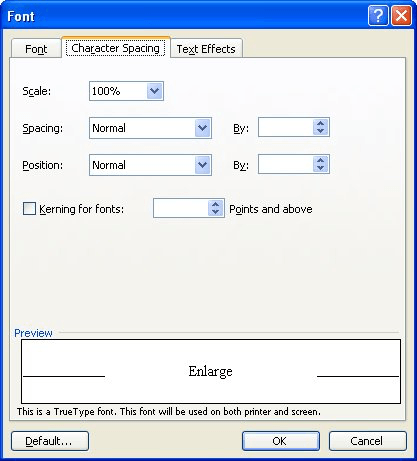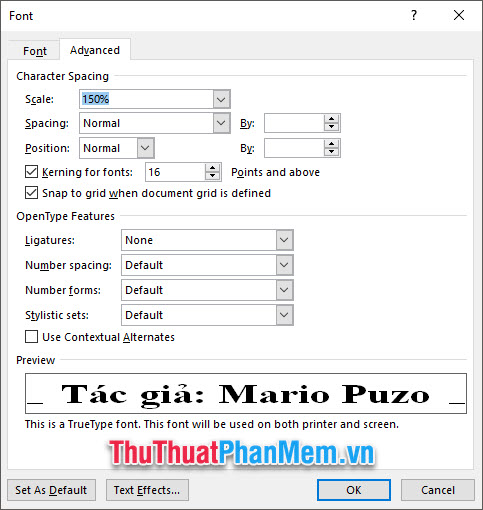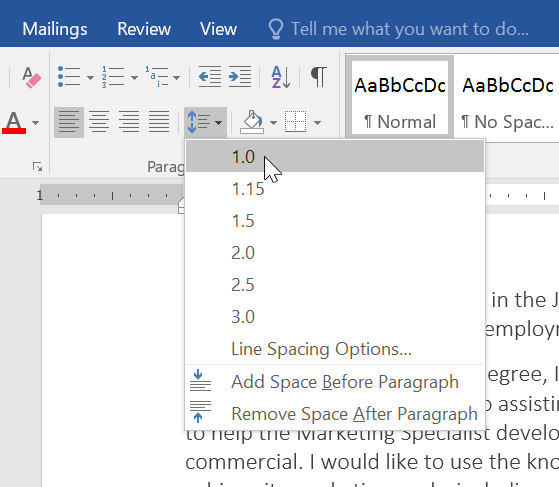


So if you already know that you want the overall kerning to be loose or tight, you can play with the tracking to rough out how the final product will look. Tracking is kind of like kerning on a massive scale it refers to the uniform space between all of the letters in your piece.

Remember back in school when you used to pad out your papers by “double-spacing” them? Congratulations-you already know how to use leading to your advantage. Leading refers to the vertical spacing between two lines. Taking care of these two steps first will make the kerning process much easier. Making changes to your font’s leading and tracking can impact the way that readers will perceive the space between your letters, so you’ll need to take care of those before you begin kerning. That’s why it’s important to plan out all of the fonts your design will include. You might have a perfectly kerned font for your headline text, but change the font for your subtitle, and suddenly that perfectly kerned headline no longer looks so perfect. Fonts can also change personalities depending on what other fonts they’re paired with. And you should try to pick fonts that already have good kerning to save you some work there’s only so much you can do with an ugly font.Įvery font is different, so the kerning you apply to one font can’t necessarily be mixed-and-matched with another one. You should try as much as possible to have your final selection of fonts ready to go before you start the kerning process. It should go without saying that you can’t kern your fonts unless you actually have fonts to kern in the first place. Different fonts call for different levels of kerning.


 0 kommentar(er)
0 kommentar(er)
